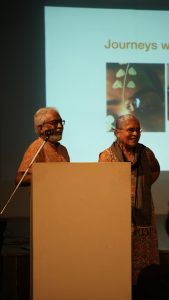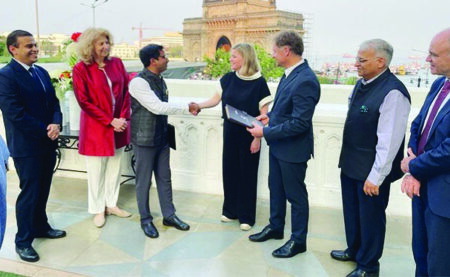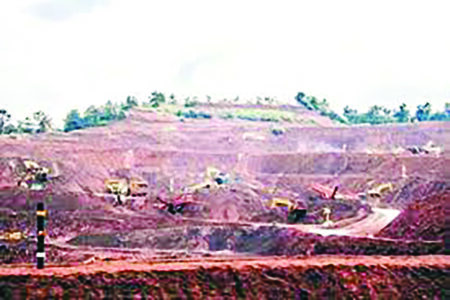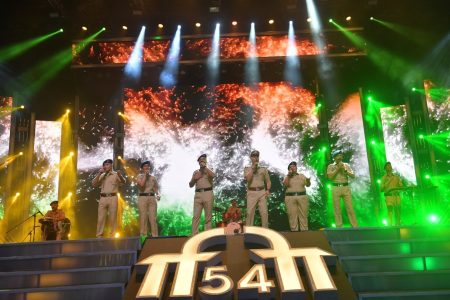 Goemkarponn Desk
Goemkarponn Desk
PANAJI: Did the one-horned rhino, the pride of Assam’s forests, exist in the Konkan and Western Indian region too?
Petroglyphs, an ancient art form dating back to 1500 – 2000 BC, indicate the existence of the one-horned rhinoceroses along the Konkan belt too, according to artist and researcher Onkar Kshirsagar.
Kshirsagar, while speaking at a lecture at the MOG Sundays talk hosted by the Museum of Goa at Pilerne, said that petroglyphs can be found at 75 locations across the Konkan region populated by around 1,200 rock art carvings which have now made it to the tentative list of UNESCO’s world heritage sites.
“Petroglyphs shine a light on our ancestors and their lives; they show us a glimpse of the lives of our ancestors, showing us they were much more than just hunter-gatherers, but also artists,” says Kshirsagar.
“The one-horned rhinoceros, native to the Indian subcontinent has been documented in a petroglyph found at Chev-deud, Ratnagiri. The carvings stand testament to the presence of flora and fauna, providing a valuable glimpse into the natural history of this area,” said the artist and petroglyphs researcher.
“These carvings are found across the laterite plateaus located between two villages, locally known as ‘sada.’ This art form is found ranging from Maharashtra to Goa to Karnataka,” said Kshirsagar, who believes the art was a collaborative effort by the inhabitants of that area.
Kshirsagar has collaborated with textile designer Juliette Roychowdhury to bring the story and the history of the petroglyphs to the world. “We used indigo and batik techniques on fabric to create canvas paintings. Alongside, I also create art using rangoli, another art form linked to the earth. To get a sense of how these petroglyphs appeared in the past, I used AI to generate images, helping us understand their historical appearance. This project connects our modern creativity with ancient art, bridging the past and the present.”
The range of the ancient art form covers the depiction of the flora and fauna within the area to abstract art. For instance, while in the native Konkan petroglyphs, one comes across reverence for the Eagle, a species not unique to this region, the Eagle is venerated by native Indian tribes in America. “The reverence for the eagle shared by cultures reveals a universal appreciation for nature and spirituality,” said Kshirsagar.
Another interesting element of note in the Konkan petroglyphs is a diagram with a border involving two elongated hands, suggestive of a combination of human and bird figures, likely representing myths and stories from the culture.
“These symbols are deeply rooted in their mythology and might convey psychological or spiritual aspects as well. It’s possible that the shamans had a particular interest in the eagle-human connection, which could explain the emphasis on borders to highlight this significance,” he says.
Some petroglyphs also depict abstract patterns comprising lines and curves. These patterns are found on large 20 x 20 foot squares and could be connected to a space locally called a ‘Mand,’ a space where locals gather for important meetings or celebrations.








